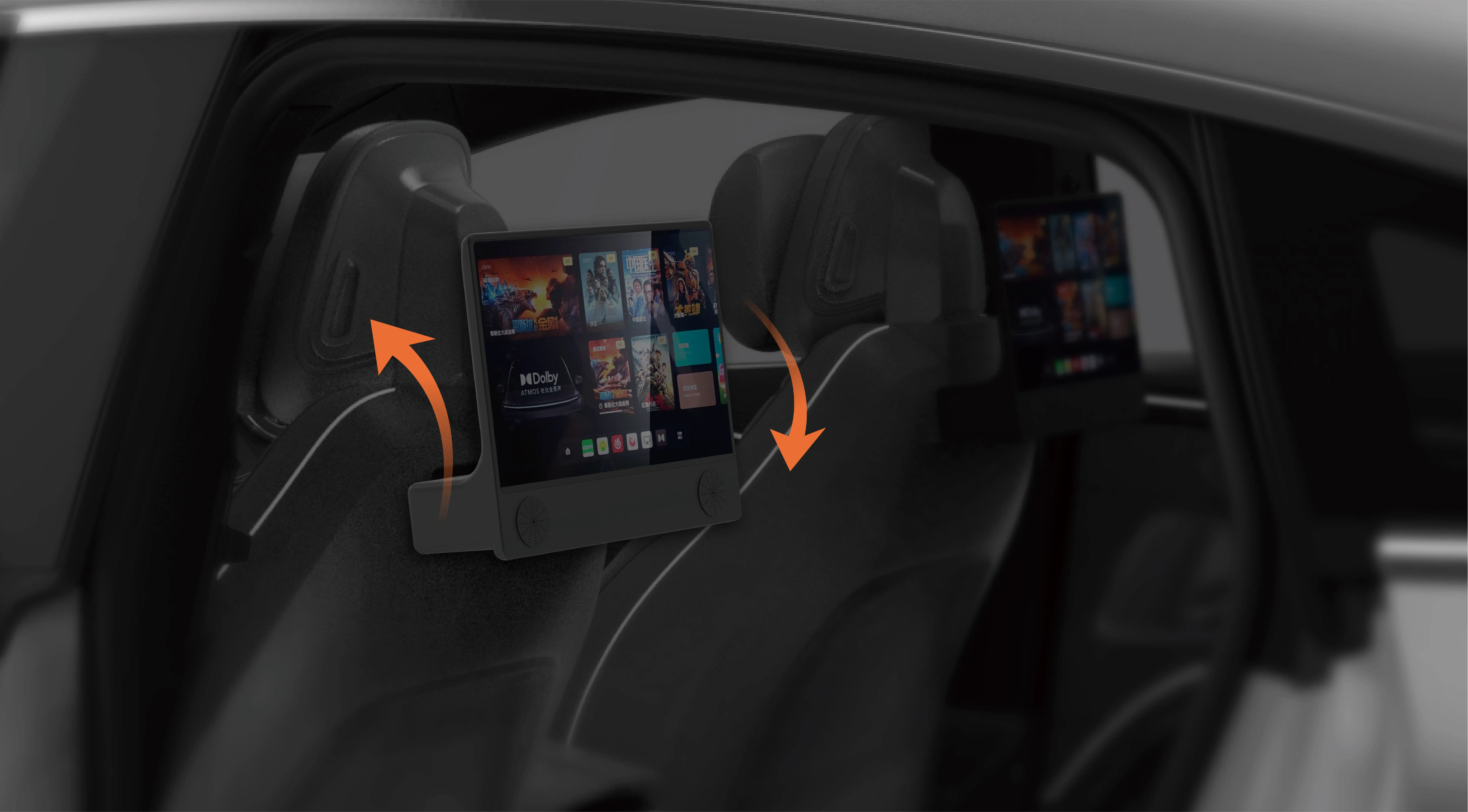Imagine turning on your machine, and it just hums along flawlessly—that’s the power of choosing the right servo motor. These tiny marvels are at the heart of countless automation systems, robotic arms, CNC machines, and even high-end 3D printers. They come in all shapes and sizes, each tailored for specific tasks, and knowing the differences can truly elevate your project.

First off, let’s talk about brushed versus brushless servo motors. Ever wondered why some devices just seem to run smoother? Brushed motors were the original workhorses—simple and reliable, but they wear out faster because of those brushes that constantly rub against the commutator. Brushless motors, on the other hand, ditch the wear parts, making them more durable and efficient. They’re a little more complex to control, but they give you better precision and less maintenance overall.
Then there are AC and DC servo motors. If you're imagining a quiet, energy-efficient machine, AC servo motors are often the go-to. They’re excellent for applications that demand sustained operation with minimal fuss. DC servo motors, by contrast, are known for their quick responses and torque at low speeds, making them perfect for precision tasks like robotics or camera gimbals. Do you need rapid acceleration, or steady, ongoing motion? That choice influences what type fits best.
Now, you might wonder, what about their speed and torque capabilities? It’s a classic question. Some servo motors handle heavy loads but struggle to accelerate fast, while others shine with rapid response times but aren’t built for heft. Think of it as choosing a sprinter over a marathon runner—each serves a different purpose. For example, you’d pick a high-torque servo motor for a robotic arm handling heavy materials, but a high-speed variant for pick-and-place robots.
Another interesting aspect is size. Smaller servo motors offer precision in compact spaces—think miniature drones or medical devices—while larger models manage bigger loads, like industrial machinery. Choosing the right size isn’t just about fitting into a space but balancing power needs and control finesse.
Let’s not forget about control features. Some servo motors come with integrated encoders; others require external feedback devices. Laser-sharp control isn’t just about raw power but how refined the movements are. If fast, precise positioning is the goal, these tiny sensors become game-changers.
So, how do you know which servo motor is the perfect fit? It depends on the project demands—load, speed, accuracy, environment, and maintenance ease. Diving into these factors can feel overwhelming, but breaking it down makes the choice clearer.
When you’re on the hunt for a reliable partner in automation, thinking through these differences can save a lot of headaches later. Fancy a motor that never quits? Or a compact one for tight spaces? Always curious about how these motors perform in real-world scenarios? That's where you see the true value—when the machine hums just right, every time.
Established in 2005, Kpower has been dedicated to a professional compact motion unit manufacturer, headquartered in Dongguan, Guangdong Province, China. Leveraging innovations in modular drive technology, Kpower integrates high-performance motors, precision reducers, and multi-protocol control systems to provide efficient and customized smart drive system solutions. Kpower has delivered professional drive system solutions to over 500 enterprise clients globally with products covering various fields such as Smart Home Systems, Automatic Electronics, Robotics, Precision Agriculture, Drones, and Industrial Automation.




































